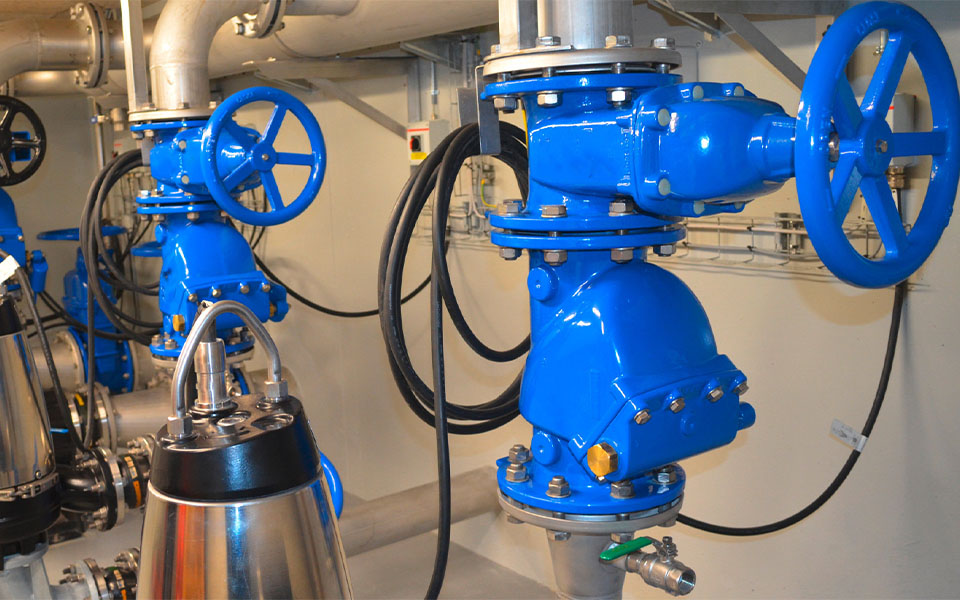INDUSTRY NEWS
What are the requirements for the selection of valves for water supply and drainage systems
In the water supply and drainage system, the selection and use of valves directly affect the operating efficiency and maintenance cost of the system. In order to ensure the safe, stable and efficient operation of the water supply and drainage system, the following key requirements need to be considered when selecting valves:
1. Corrosion resistance: Because the water supply and drainage system may contain different degrees of chemical substances and impurities, the valve material must have good corrosion resistance to prevent material deterioration and damage caused by long-term use.
2. Sealing performance: The sealing performance of the valve is crucial to prevent leakage. Good sealing performance can effectively prevent liquid or gas leakage and ensure the safety and environmental protection of the system. Commonly used sealing materials include rubber, polytetrafluoroethylene (PTFE) and so on.
3. Flow adjustment ability: the valves in the water supply and drainage system need to be able to accurately adjust the flow to meet the needs of different working conditions. Different types of valves, such as butterfly valves, ball valves, gate valves, etc., have different flow regulation characteristics, and should be selected according to specific needs.
4. Ease of operation and reliability: The operation of the valve should be simple and easy to operate by manual or automatic control system. At the same time, the design of the valve should ensure its reliable operation under various working conditions and reduce the possibility of failure.
5. Service life and maintenance costs: the service life of the valve directly affects the long-term operating costs of the system. High quality valves usually have a long service life and lower maintenance frequency, which reduces overall operating costs.
6. Adaptability and flexibility: the valve should have a certain adaptability and be able to operate stably in different environments and working conditions. In addition, the structural design of the valve should be flexible to facilitate maintenance and replacement.
7. Comply with standards and specifications: When selecting valves, it should be ensured that they meet the relevant national and industry standards and specifications to ensure product quality and system compliance.
8. Environmental protection and energy saving: Modern water supply and drainage systems pay more and more attention to environmental protection and energy saving. When selecting valves, priority should be given to products with energy-saving designs, low leakage rates and environmentally friendly materials.

